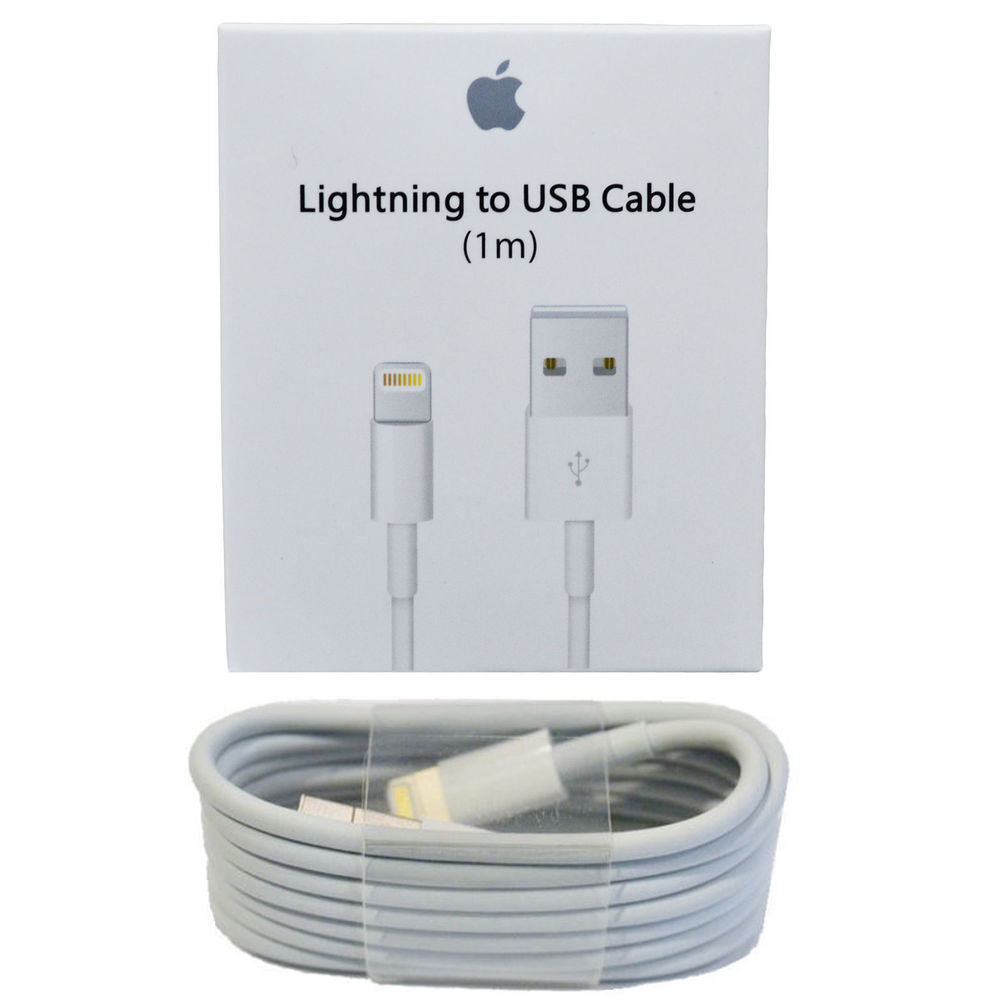

Thunderbolt 3, the most recent development in Thunderbolt technology, has switched from using Mini DisplayPort to the USB Type-C connector. Thunderbolt 2 also incorporates protocol PCI Express 2.0 and comprises the latest DisplayPort 1.2 into its configuration. Under Thunderbolt 1, in order to utilize a 20 Gbps allotment, users would need to combine 2 channels with 10 Gbps each, however, with Thunderbolt 2, this is no longer required. Thunderbolt 2 incorporates the same max bandwidth of 40 Gbps, but offers a substantial increase in data transfer rates of 20 Gbps per line by delivering the data using two bidirectional channels. It comprises of protocols PCI Express 2.0 and DisplayPort 1.1a. The Thunderbolt 1 standard originally comprises of four one-way channels, two upstream channels and two downstream channels, delivering 10 Gbps per line with a maximum bandwidth of 40 Gbps. Protocols: PCI Express 3.0 and Display Port 1.2 Protocols: PCI Express 2.0 and Display Port 1.2 Protocols: PCI Express 2.0 and DisplayPort 1.1a Thunderbolt versions 1 and 2 were first implemented over the existing Mini DisplayPort connector, which upon creation was exclusive to Apple’s products.īecause the Thunderbolt technology is developed using existing connector types, Thunderbolt ports and cables feature a lightning bolt symbol signifying it supports this technology. Over the years, there have been multiple introductions of three different versions of Thunderbolt. Thunderbolt was initially created to allow users to connect to external storage, high-resolutions displays, and other peripheral devices including hard-drives, docking stations, and network solutions using a high-powered cable connection.
THUNDERBOLT CONNECTOR SERIAL
Thunderbolt technology was introduced in the late 2000s by Intel, combining PCI Express (PCIe) and DisplayPort (DP) into two serial signals on a single cable. To address versatility limitations, the USB Type-C connector supports third-party protocols such as DisplayPort, HDMI, VGA, and even Thunderbolt technology using Alternate Modes, allowing cables to perform a variety of different functions all from a single connection.įor an even closer look into USB Type-C and how it’s being used today, visit our blog post, “USB Type-C is Gaining Even More Popularity” here. With maximum current reaching up to 5A, this allows the cable to deliver up to 100W of power with an EMCA (Electronically Marked Cable Assembly) cable. Specifically, the VBUS pin provides a standard 5V, but with the PD spec, this number can reach up to 20V. This protocol allows the cable to communicate with end devices, creating a secure connection between the two where they can safely transfer and receive the requested power. This is possible because USB Type-C cables include a Power Delivery (PD) protocol which is supported using the CC pins within the connector. The USB Type-C connector also offers the highest power providing capabilities on a single cable.

One of the distinguishable features of the USB Type-C connector includes its fully reversible design, meaning any way you insert the plug, it will fit effortlessly into the receptacle. This connector type is the latest advancement in USB that addresses improvements in functionality and versatility.

USB Type-C is first and foremost a connector type that is built on the USB standard. Because USB Type-C and Thunderbolt 3 are very similar appearance-wise, we wanted to take a closer look at their relationship and clear up any confusion between the two.įirst, let’s get a briefing on both: USB Type-C

The introduction of USB Type-C has made a substantial impact on how we use and interact with our devices, and has even influenced other technologies introduced into the market, including Thunderbolt 3. USB has brought forth a new cable type that is one of the most powerful and versatile cables created to date, known as USB Type-C. With devices becoming smaller, more compact, and more powerful, the need for robust cables that can quickly power, transfer data, and perform various functions is becoming a necessity.


 0 kommentar(er)
0 kommentar(er)
